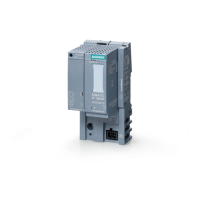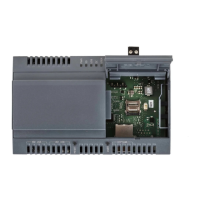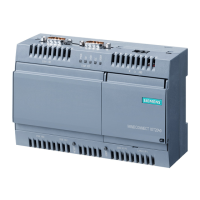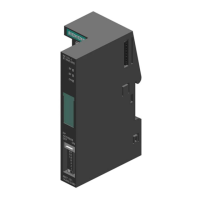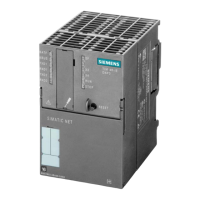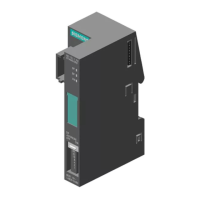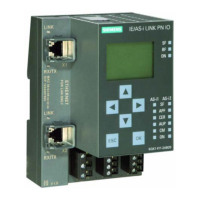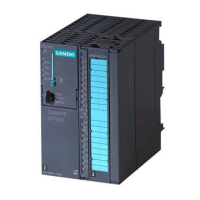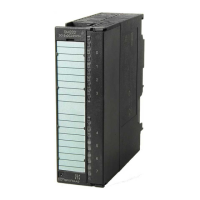Addressing
2-4
ET 200S Interface Module IM 151/CPU
A5E00058783-01
2.2 User-Defined Addressing
User-Oriented Address Allocation
User-oriented address allocation means you can select the following in units of
1 byte and independent of one another within the range 0 to 1535:
Input addresses of modules
Output addresses of modules
The addresses 0 to 127 are in the process image. Assign the addresses in
STEP 7
. When you do this, you define the base address of the module, on which
all the addresses of the module depend.
0 127 1535
Process image
User-Defined Addressing
Figure 2-4 Structure of the Address Area for User-Defined Addressing
Note
Bit-specific addressing is not possible in user-defined address allocation, and
compression of digital channels is therefore not supported. It is not possible to
compress addresses.
Advantages
Advantages of user-defined address allocation:
Optimum utilization of the address areas available, since ”address gaps”
between the modules do not occur.
When creating standard software, you can specify addresses that are
independent of the configuration of the ET 200S station.
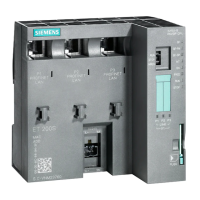
